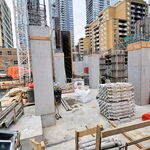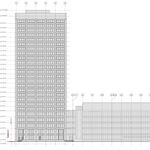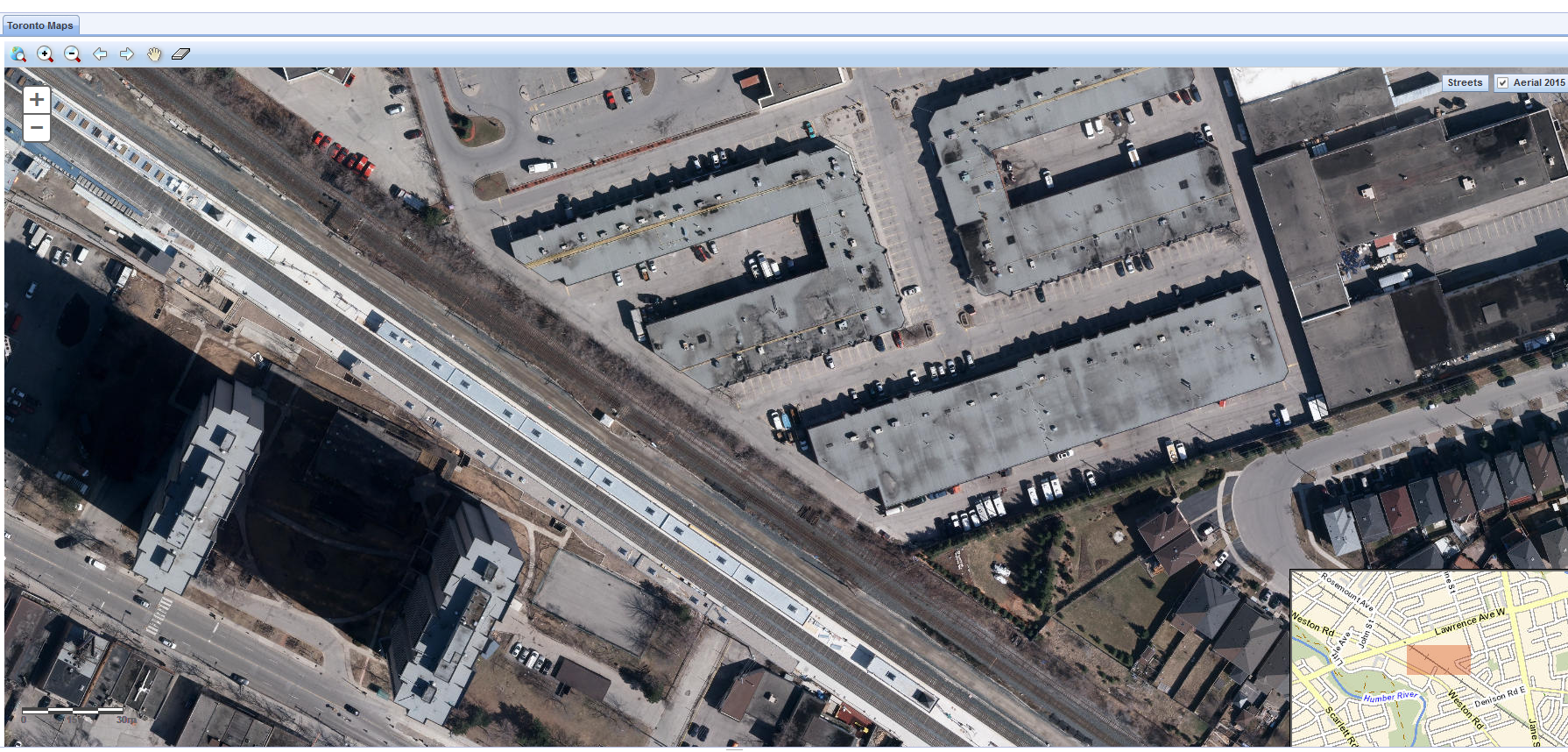In North America, “commuter rail” has come to mean something very specific: Large, heavy trains operating almost entirely at peak, providing services to downtown in the morning and away from it at night along corridors that extend into the suburbs. It’s a definition that makes sense for a world where regions are structured with one central business district whose workers live in the suburbs and work nine-to-five jobs on weekdays.
Of course, that’s not the world we live in. Of the 100 largest U.S. metropolitan areas,
only two have a majority of their jobs located within three miles of their downtown, and most suburban workers don’t work in city centers. A
sizable share of the population doesn’t work a “normal” workweek.
Yet most commuter rail providers continue to operate as if nothing has changed since the 1950s, and for their clientèle, it hasn’t, because the people who ride commuter trains are mostly the people who work “traditional” jobs at “normal” hours downtown. In the process, commuter agencies have ignored the progress made elsewhere to convert these traditional services into frequent, two-direction, all-day services similar to rapid transit. And they’ve lost out: While ridership on American heavy and light rail systems — which feature the service characteristics of rapid transit — has
expanded by more than 90% overall
since 1995, ridership on commuter rail systems has increased by only 35%.
In Ontario,
GO Transit is piloting a new approach that could serve as a model for commuter rail agencies that need to be brought into modernity. GO has seven commuter lines that feed into Toronto’s Union Station along 280 miles of service, carrying about 200,000 daily train riders, and until recently it’s been primarily focused on the core, peak-hour, peak-direction commute shared with most agencies.
But thanks to the electoral pledge and eventual budget plans of former Premier Dalton McGuinty and current Premier Kathleen Wynne, combined with progressive thinking from agency leadership, the agency has shifted its priorities.
In the
2007 strategic plan, GO chairman Peter Smith emphasized that the agency needed to “
grow into an even more comprehensive system that links multiple activity centres and communities,” spreading its mission beyond just serving peak travelers into central Toronto. The plan specified the goal of expanding service to every 15 minutes during the peak hours and every 30 minutes off-peak. In the post recent
five-year strategy of GO’s overseeing agency (
Metrolinx), the agency lays out its plan to transition to an “
all-day regional transit service.” You can be assured that the largest U.S. commuter agencies have no such plans on their radar.
One year ago, GO took the most significant step yet in that direction,
bringing all-day, half-hourly, two-directional service to the Lakeshore commuter lines, up from one-hour headways. The change has already increased ridership by 30% on those lines.
The benefits of thinking more broadly about potential riders are very significant. Commuter rail improvements create an opportunity to provide a far faster transit option that traverses the region at commuter rail speeds (which average above 30 mph) at arrival frequencies similar to rapid transit lines (which average 15 to 20 mph). These improvements open suburban markets to transit, giving people who live near stations the kind of service that people who live in denser, urban areas expect as a standard element of city life. They reduce the need for a car for commutes that require traversing large sections of a large region.
Perhaps most importantly, upgrading commuter rail can be done at a reasonable price, since improvements are made on existing corridors.
This year, the governing Liberals (led by Ms. Wynne) promised to bring a service
improvement to the Kitchener line by 2016, and
more lines will be converted. They also raised the possibility that more frequent service, potentially on
electrified lines, could be coming
within 10 years thanks to investments in smaller, lighter vehicles. Regional officials committed to transforming GO into “
Regional Express Rail“* by providing electric service every 15 minutes (though there is
still a need for additional traditional subway service, costs for the GO conversion are
not yet clear, and this idea was brought up as far back
as the 1980s). The idea was not just supported by the Liberals; Conservatives at the provincial level
also indicated their support for the idea. Now
the leader in Toronto’s upcoming mayoral election, John Tory, has said he’d like to convert
two GO lines to rapid transit standards.
The sudden interest among Torontonians in the improvement of service along the city’s commuter services is partly a reflection of the fact that the region is growing quickly, adding about half a million people every five years, and partly a reflection of the fact that politicians are willing to support big transit projects because people vote for politicians who support
using government funds to pay for them. But it is also a reflection of the fact that GO has spent a decade and a half preparing for this transition, notably by
increasing its ownership of track miles on which its trains run from 6% in 1998 to almost 70% today. It is no longer at the mercy of freight rail operators in making decisions about how to operate services.
[...]
* The name is clearly a reference to Paris’ RER, which is a network of rapid transit lines running through the city at very fast speeds and onto formerly commuter rail tracks in the suburbs.





